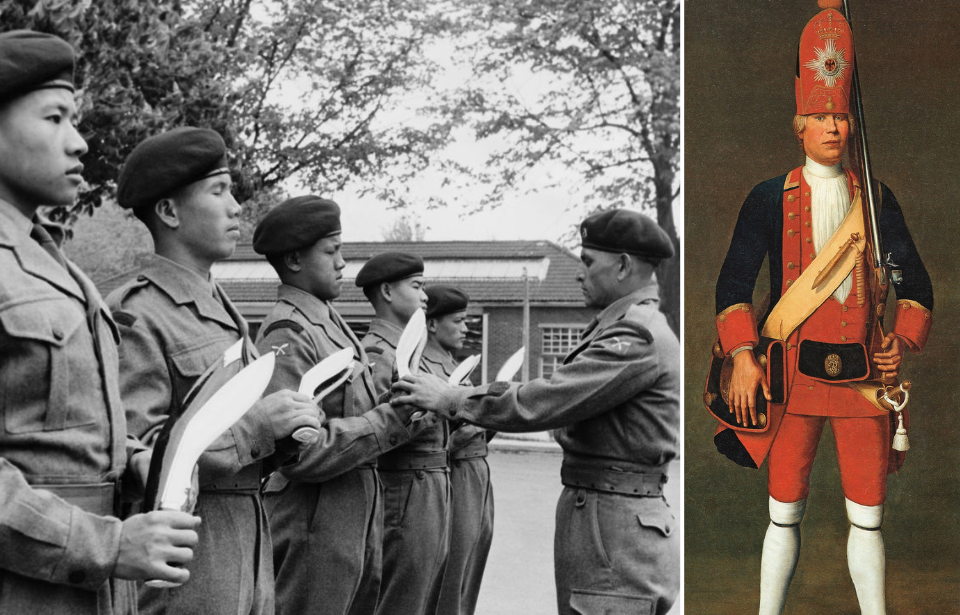Over the course of human history, there have been an innumerable amount of military groups, squadrons and divisions formed for one reason or another. Some have more peculiar origins, and those are the ones we’ll be diving into today. The following are just some of history’s strangest military units, with one dating all the way back to the Achaemenid Empire.
Monuments Men
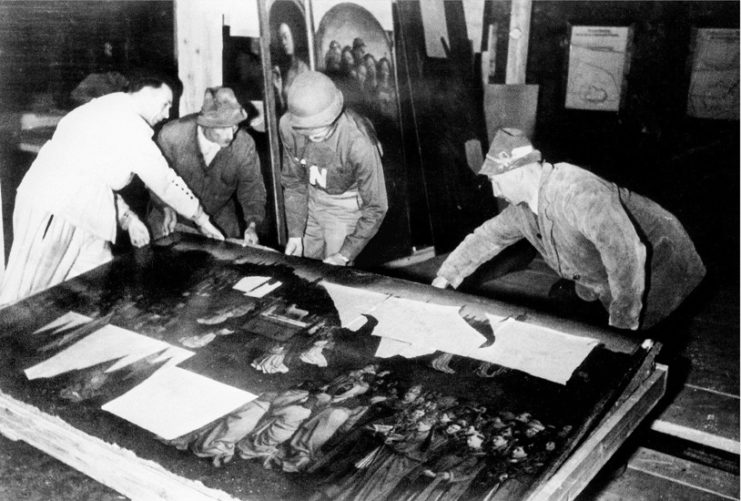
The Monuments Men – officially the Monuments, Fine Arts, and Archives program (MFAAP) – was formed out of the conflict raging across Europe in World War II. Established in 1943, it comprised 345 scholars, museum staff, art historians and other experts who could help protect the continent’s cultural heritage.
Many valuable or important buildings, landmarks and artifacts had become victims of the war, having been looted by the German military. The Monuments Men were sent over to Europe with the Allies, to ensure the conflict didn’t claim any more artifacts that were considered valuable.
The unit was actively involved in the planning of Allied missions, drawing up maps marking important buildings and landmarks that were to be protected. These were given to pilots, so they wouldn’t attack these marked areas during air raids.
As the enemy was pushed back, the Monuments Men were tasked with looking for the missing art and stolen artifacts. Prior to its disbandment in 1946, the unit’s member’s recovered work from the likes of Leonardo Da Vinci and Michelangelo.
Ghost Army
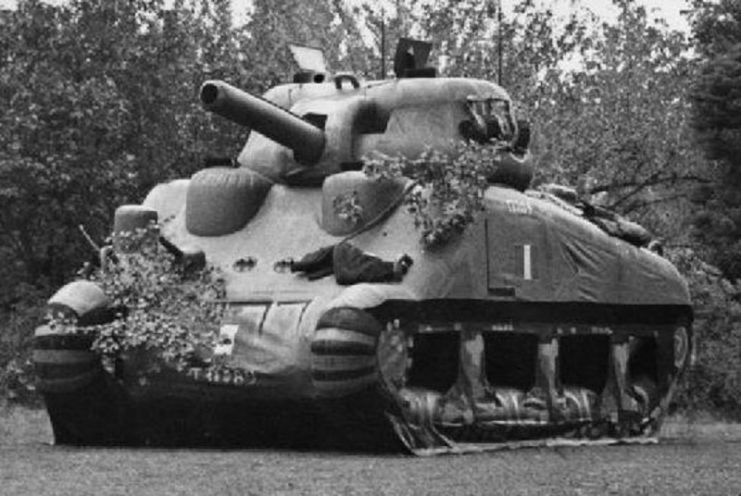
In 1944, the United States established the 23rd Headquarters Special Troops, a tactical deception unit tasked with feeding enemy troops misinformation. While its origins aren’t fully known, many attribute the group’s creation to Douglas Fairbanks, Jr., who is said to have lobbied for such a unit to be formed.
The Ghost Army, as it became known, used a number of techniques to do this. The sounds of military movements were recorded back in the US and played over powerful amplifiers. These effects could be heard from up to 15 miles away and imitate the noises created by various types of troops, equipment and vehicles.
They also used visual deception to trick enemy soldiers from a distance, building highly-detailed mock-up military installations, complete with inflatable tanks, trucks and Jeeps – even laundry was hung out to dry! Some would dress up in uniforms worn by other units to confuse enemy scouts or spies, while others would pretend to be generals and officers.
These techniques were able to trick the Germans into thinking there was a substantial military presence in what was an otherwise undefended area, thereby diverting their attention from locations where the Allies were stationed.
Following the Second World War, the Ghost Army’s exploits were classified, and they remained so until 1996. In 2022, President Joe Biden signed a bill that afforded the units’ members the Congressional Gold Medal, with the ceremony held two years later.
Potsdam Giants
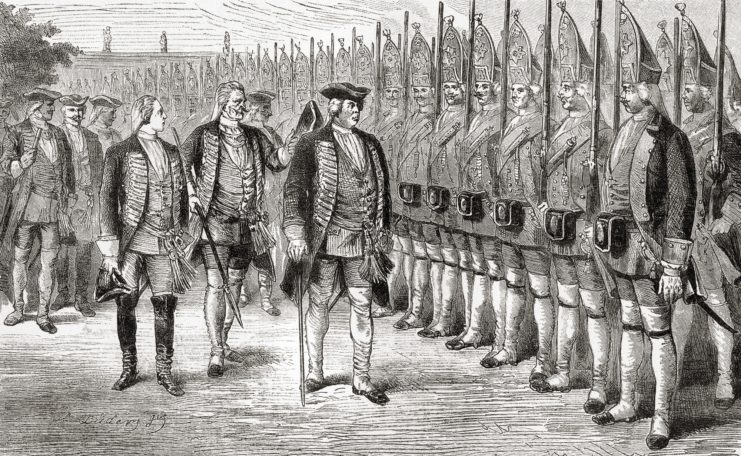
The Potsdam Giants were the prized guards of Frederick William I of Prussia in the 1700s. When he came to power in 1713, the height-obsessed king expanded an elite unit of exceptionally tall soldiers. They were paid handsomely and lived in some of the best conditions available to the Prussian military. In addition, they were fed high-quality food.
They wore grand uniforms and were topped with a 45-cm grenadier cap to make them appear even taller, with the Prussian king’s passion for his tall troops becoming something of an obsession. In fact, he once said to a French ambassador, “The most beautiful girl or woman in the world would be a matter of indifference to me, but tall soldiers – they are my weakness.”
Filling the Potsdam Giants’ ranks was a tall order – pun intended. Frederick William sent a team of scouts across Europe to find tall men. If any refused to join the unit, they were kidnapped. The king also paired his tall troops with tall women, in an attempt to breed more men for his regiment. Wanting to increase the height of his soldiers, he even placed some of the men on a custom-built stretching rack. After a number of deaths, he called off this practice.
In 1740, Frederick William died, along with his beloved military unit.
Persian Immortals
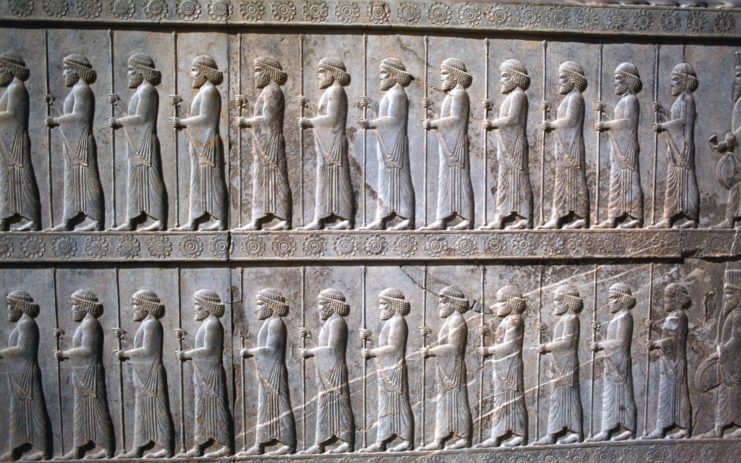
The Persian Immortals were an elite, heavily-armed unit that served under the Achaemenid Empire. While not much is known about this mighty force, its members’ reputation hasn’t been forgotten. Much of what we know comes from the writings of Herodotus, who allegedly gave them their unique name because of their custom for replacing members who were ill, injured or killed in service; their numbers always totaled 10,000.
This elite group, primarily made up of Persian men from elite families, served as the king’s bodyguards, and they received special privileges, like being able to take concubines and servants with their marches.
One of their most notable engagements was at the Battle of Thermopylae in 480 BC, Xerxes I’s retaliation for the empire’s loss at Marathon a decade prior. Serving as part of the Persian Army, they were able to defeat the Greeks and gain control over Boeotia, Phocis and Attica.
Gurkhas
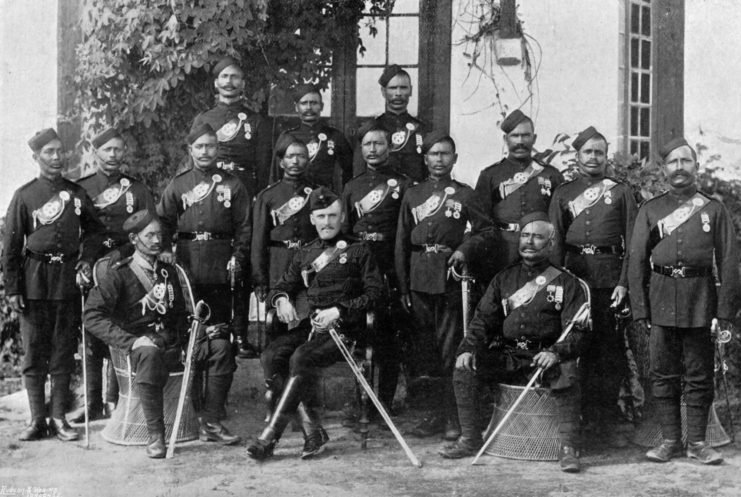
Gurkhas are a Nepalese unit known for their bravery and physical toughness. During the Anglo-Nepalese War of the 1810s, the British East India Company suffered high casualties. The British recognized the fighting ability of the Gorkhali troops and were impressed. When a peace deal was signed, they subsequently offered the Nepalese soldiers an opportunity to join their ranks.
Known as the Gurkhas, they were eventually integrated into the British Army, with whom they’ve fought with distinction. Today, the selection process to join the unit is one of the toughest in the world and definitely not for faint of heart – we mean, they go by the motto, “Better to die than be a coward.”
More from us: French Cavalrymen Captured the Dutch Fleet in One of the Weirdest ‘Battles’ in Military History
A final note about the Gurkhas is the piece of history they carry with them: the traditional Kukri Knife. This piece of weaponry is believed to date back all the way to the 13th century.
